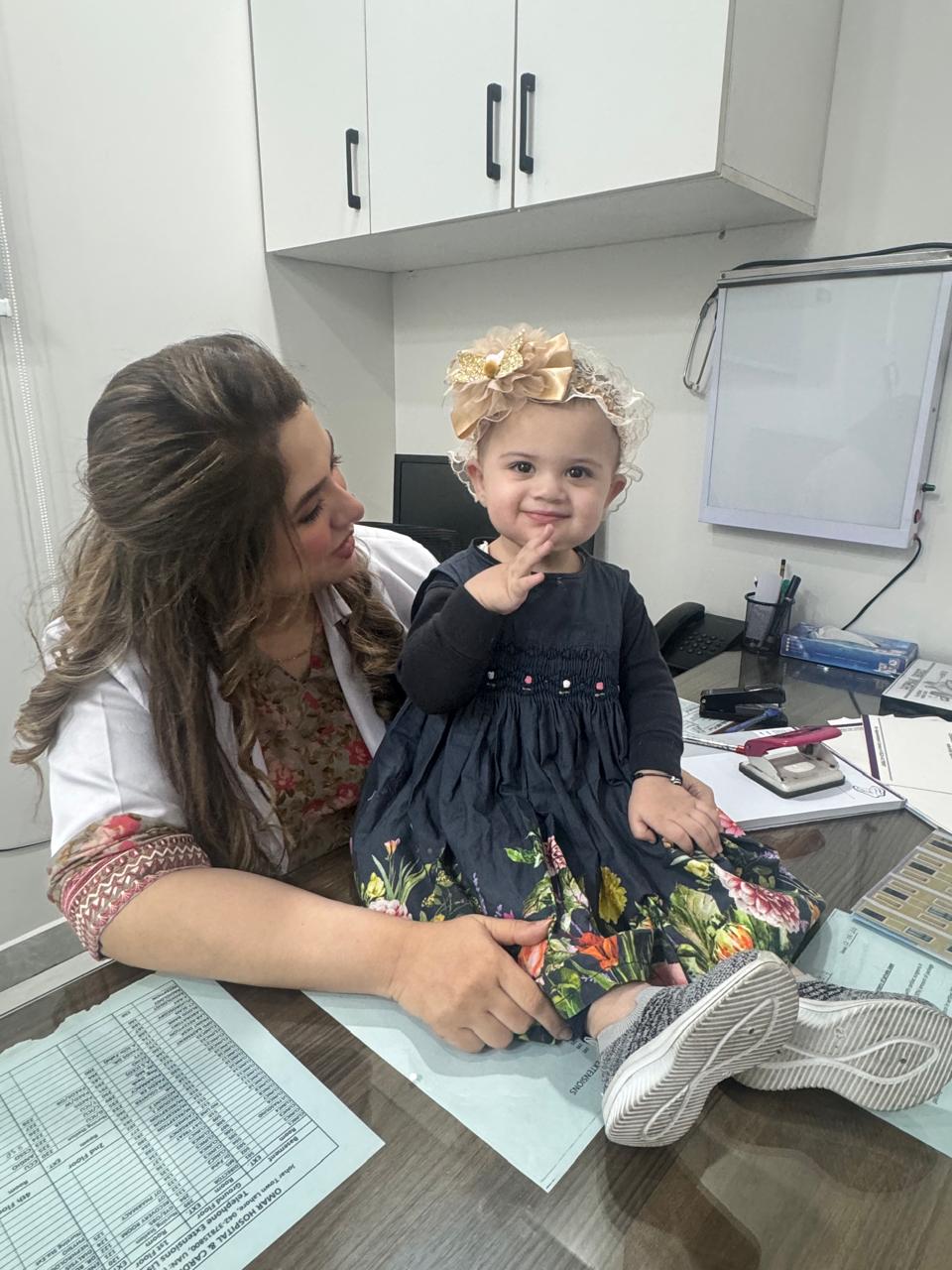— A Complete Guide for Women
https://www.msdmanuals.com/professional/gynecology-and-obstetrics/family-planning/fertility-awareness-based-methods-of-contraception
🔶 What is Ovulation?
Ovulation & Fertility Awareness is a key phase in the menstrual cycle where a mature egg is released from the ovary and becomes available for fertilization. It usually occurs once per cycle, about midway through, though this can vary.
- In a typical 28-day cycle, ovulation occurs around Day 14.
- The egg survives for 12–24 hours after release.
- Sperm can live up to 5 days inside the female reproductive tract.
📌 The Menstrual Cycle Breakdown:
| Phase | Duration | Description |
|---|---|---|
| Menstrual Phase | Days 1–5 | Shedding of uterine lining (bleeding) |
| Follicular Phase | Days 1–13 | Follicles grow in ovaries, estrogen rises |
| Ovulation | ~Day 14 | Luteinizing hormone (LH) surges, egg is released |
| Luteal Phase | Days 15–28 | Progesterone rises, uterus prepares for pregnancy |
🔶 Why Ovulation Matters
- For Pregnancy: Ovulation is the only time an egg can be fertilized.
- For Birth Control: Knowing fertile days helps prevent pregnancy naturally.
- For Hormone Health: Regular ovulation is a sign of hormonal balance.
🔶 Signs & Symptoms of Ovulation
Your body gives various natural indicators before and during ovulation. These are useful for predicting fertility:
🧪 1. Cervical Mucus Changes
- Becomes clear, slippery, stretchy (like raw egg whites)
- Indicates peak fertility
- Tracking daily mucus changes is key in fertility awareness
🌡️ 2. Basal Body Temperature (BBT)
- Your body temperature slightly rises (0.5°F–1°F) after ovulation due to progesterone
- Take your temperature every morning before getting out of bed
- Charting over months can confirm if ovulation is occurring
🩹 3. Mittelschmerz (Ovulation Pain)
- One-sided mild cramping in the lower abdomen
- Can last a few minutes to a few hours
- Caused by follicle rupture
❤️ 4. Increased Libido
- Many women feel a natural rise in sexual desire around ovulation
🤍 5. Breast Tenderness
- Due to progesterone surge post-ovulation
- Indicates the luteal phase has begun
⬆️ 6. Cervical Position
- During ovulation, the cervix is high, soft, open, and wet
- With training, this can be self-checked
🔶 The Fertile Window
The fertile window includes:
- 5 days before ovulation (when sperm can survive)
- The day of ovulation
- Possibly 1 day after (egg lifespan)
This gives a total fertile window of about 6–7 days per cycle.
🔶 Methods of Fertility Awareness (FAM)
These are natural family planning strategies based on identifying the fertile window:
🔷 1. Calendar (Rhythm) Method
- Based on tracking previous cycles
- Not accurate for irregular periods
🔷 2. Cervical Mucus Method (Billings Method)
- Daily observation of mucus quality
- Avoid sex on days with fertile mucus
🔷 3. Basal Body Temperature (BBT) Charting
- Helps confirm ovulation after it happens
- Best used with other signs
🔷 4. Symptothermal Method
- Combines BBT + cervical mucus + physical symptoms
- Considered most reliable among FAMs
🔷 5. Ovulation Predictor Kits (OPKs)
- Detect LH surge in urine 24–36 hours before ovulation
- Useful for women trying to conceive
🔶 Tools You Can Use
- Fertility tracking apps: Clue, Flo, Natural Cycles, Kindara
- Paper tracking charts for BBT and mucus
- Digital basal thermometers for accurate temperature reading
- OPKs available in pharmacies for home use
🔶 When to See a Doctor
Seek medical help if:
- You have irregular or absent periods
- You don’t notice fertile signs for several months
- You’ve been trying to conceive for 12 months (or 6 months if over 35)
- You experience severe menstrual pain, which may indicate PCOS or endometriosis
🔶 Key Conditions That Affect Ovulation
| Condition | Impact |
|---|---|
| Polycystic Ovary Syndrome (PCOS) | Hormonal imbalance, irregular/no ovulation |
| Hypothyroidism/Hyperthyroidism | Disrupts menstrual cycles |
| Low Body Weight or Excessive Exercise | Can suppress ovulation |
| Premature Ovarian Insufficiency | Early menopause before 40 |
| High Stress Levels | Can delay or inhibit ovulation |
🌿 Final Takeaway
Understanding your body’s natural fertility signals is powerful—whether you want to conceive, avoid pregnancy, or simply take control of your reproductive health. With a bit of practice and consistency, Fertility Awareness can help you:
✅ Predict ovulation
✅ Understand hormonal balance
✅ Detect reproductive health issues early
✅ Communicate more effectively with your gynecologist

